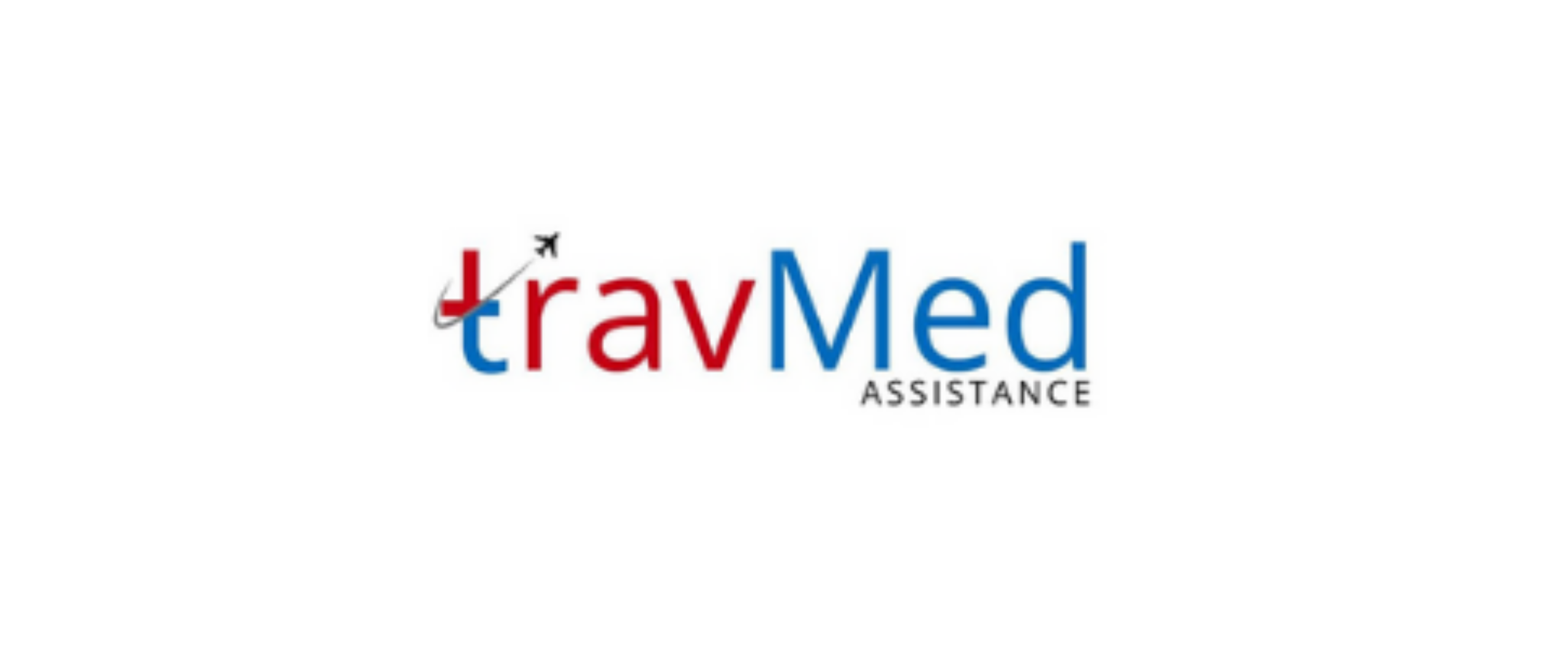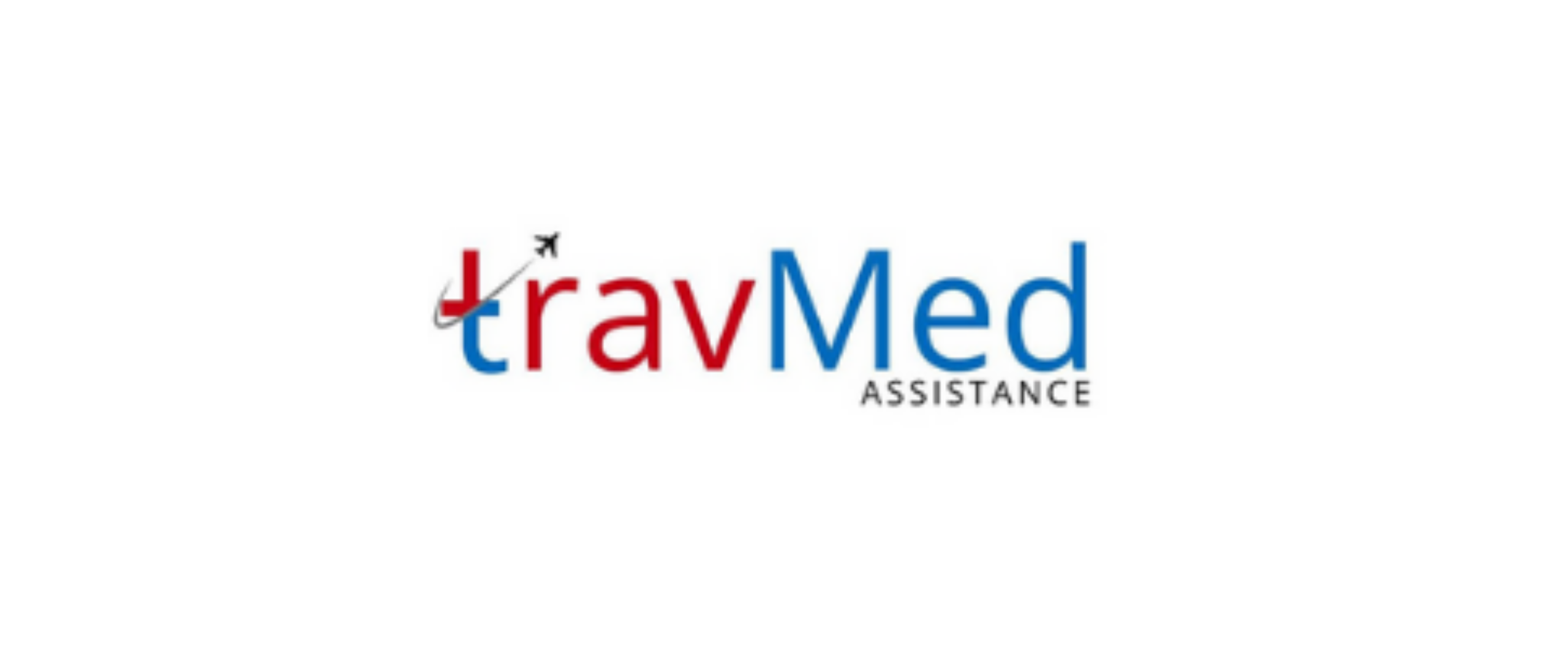
Emergency evacuation services in Nepal provide rapid transportation and medical care for individuals facing life-threatening situations or severe injuries in remote or inaccessible areas. These services utilize specialized equipment and trained personnel to safely extract patients from challenging environments and transport them to appropriate medical facilities. In Nepal, emergency evacuation services often involve helicopter rescues due to the country’s mountainous terrain and limited road infrastructure. These services are essential for trekkers, mountaineers, and locals in remote regions who require urgent medical attention. Emergency evacuation services in Nepal encompass a range of activities, including search and rescue operations, on-site medical stabilization, and swift transfer to hospitals or specialized care centers.
Who offers these services in Nepal?
Several organizations and companies provide emergency evacuation services in Nepal:
- Nepal Army: Conducts rescue operations in coordination with the government
- Simrik Air: Private helicopter company specializing in medical evacuations
- Fishtail Air: Offers helicopter rescue services for trekkers and mountaineers
- Altitude Air: Provides air ambulance and evacuation services
- Yeti Airlines: Operates medical evacuation flights
- Nepal Air Rescue Association: Coordinates rescue efforts with multiple providers
- International travel insurance companies: Partner with local operators for evacuations
- Trekking agencies: Often have arrangements with evacuation service providers
- Nepal Tourism Board: Facilitates emergency evacuations for tourists
- Himalayan Rescue Association: Focuses on high-altitude rescues and medical assistance
These providers work together to ensure comprehensive coverage across Nepal’s diverse landscapes and altitudes.
How do evacuation services work?
Emergency evacuation services in Nepal follow a structured process to ensure swift and effective response:
- Initiation: The service is activated through emergency hotlines or local authorities
- Assessment: Providers evaluate the situation to determine the appropriate response
- Dispatch: Rescue teams and necessary equipment are sent to the location
- On-site care: Medical personnel provide immediate treatment and stabilization
- Extraction: Patients are safely removed from the area using appropriate methods
- Transportation: Evacuees are transferred to suitable medical facilities via air or ground
- Handover: Patients are admitted to hospitals for further treatment
- Follow-up: Evacuation providers coordinate with medical facilities and insurers
The process may vary depending on the specific circumstances, location, and severity of the emergency. Coordination between multiple agencies and service providers is often necessary to ensure a successful evacuation operation in Nepal’s challenging terrain.
What documents are required for using services?
To access emergency evacuation services in Nepal, several documents are typically required:
- Valid passport or national identification card
- Travel insurance policy details and emergency contact numbers
- Trekking or climbing permits (if applicable)
- Medical history and current medication information
- Emergency contact information for family or next of kin
- Credit card or payment information for service fees
- Signed consent forms for medical treatment and transportation
- Copy of visa or entry permit for Nepal
- Travel itinerary or details of current location
- Any relevant medical certificates or prescriptions
- Contact information for embassy or consulate (for foreign nationals)
Having these documents readily available can expedite the evacuation process and ensure proper care and coordination. It’s advisable to keep digital copies of these documents in addition to physical copies while traveling in Nepal.
How much do evacuation services cost in Nepal?
The cost of emergency evacuation services in Nepal varies widely depending on factors such as location, severity of the emergency, and type of transportation required. Here’s a general overview of potential costs:
- Helicopter evacuations: $2,000 to $10,000 USD per flight hour
- Ground ambulance services: $100 to $500 USD for local transfers
- Air ambulance for international transfers: $15,000 to $50,000 USD or more
- Search and rescue operations: $1,000 to $5,000 USD per day
- Medical treatment costs: Vary based on the facility and required care
- Coordination and logistics fees: $500 to $2,000 USD
These figures are estimates and can increase significantly for complex operations or evacuations from extremely remote areas. Many travelers opt for comprehensive travel insurance policies that cover emergency evacuation costs, which typically range from $50 to $500 USD depending on coverage limits and duration of travel. It’s essential to verify the specific terms and coverage limits of insurance policies before traveling to Nepal.
How long does evacuation take in emergencies?
The duration of emergency evacuations in Nepal can vary significantly based on several factors:
- Location of the emergency: Remote areas may require longer response times
- Weather conditions: Adverse weather can delay helicopter operations
- Time of day: Night evacuations may be restricted in certain areas
- Severity of the medical condition: Complex cases may require additional on-site stabilization
- Availability of resources: Limited aircraft or personnel can affect response times
- Terrain challenges: Difficult landscapes may slow ground transportation
Typical timeframes for evacuations in Nepal:
- Initial response and dispatch: 30 minutes to 2 hours
- Arrival at the scene: 1 to 4 hours (depending on location)
- On-site medical care and extraction: 30 minutes to 2 hours
- Transportation to medical facility: 1 to 3 hours
In ideal conditions, an evacuation might be completed within 3 to 6 hours. However, complex situations in remote areas could extend this timeframe to 12-24 hours or more. Prompt activation of emergency services and clear communication are essential for minimizing evacuation times in Nepal’s challenging environment.
Are services available for international patients?
Emergency evacuation services in Nepal are indeed available for international patients. The country’s tourism-focused economy and popularity among trekkers and mountaineers have led to the development of robust evacuation services catering to foreign visitors. Key aspects of these services for international patients include:
- Multilingual support: Many providers offer services in English and other major languages
- International insurance coordination: Evacuation companies work directly with global insurers
- Embassy liaison: Assistance in contacting and coordinating with patients’ home country embassies
- Passport and visa support: Help with documentation issues during emergencies
- International medical transfers: Arrangements for repatriation or transfer to other countries
- Cultural sensitivity: Staff trained to handle diverse cultural and religious requirements
- Global medical network: Connections with international hospitals for complex cases
- 24/7 availability: Round-the-clock services to accommodate different time zones
International patients should ensure they have appropriate travel insurance coverage and keep emergency contact information readily available. Many trekking agencies and tour operators in Nepal also provide assistance in coordinating evacuation services for their international clients in case of emergencies.
How reliable are evacuation providers in Nepal?
The reliability of evacuation providers in Nepal has improved significantly in recent years, but challenges remain:
Strengths:
- Experienced pilots and medical staff trained for high-altitude operations
- Modern helicopter fleets equipped for medical evacuations
- Established protocols for coordination between agencies
- Improved communication networks in remote areas
- Regular training and safety audits for evacuation teams
Challenges:
- Extreme weather conditions can affect operations
- Limited resources during peak tourist seasons
- Occasional bureaucratic delays in government-coordinated rescues
- Varying standards among different service providers
Reliability factors:
- Major commercial operators maintain high safety standards
- Government oversight has increased for evacuation services
- International accreditation for some providers enhances credibility
- Positive feedback from rescued individuals and travel insurance companies
- Ongoing investments in training and equipment upgrades
While the overall reliability of evacuation services in Nepal is generally good, it’s essential to choose reputable providers and have comprehensive insurance coverage. Travelers should also be aware that even the most reliable services may face delays or limitations due to Nepal’s challenging geography and weather conditions.
Can services be used in remote areas?
Emergency evacuation services in Nepal are specifically designed to operate in remote and challenging areas. The country’s diverse landscape, including high-altitude mountain regions and isolated valleys, necessitates specialized evacuation capabilities. Key aspects of remote area services include:
- Helicopter access: Ability to reach locations without road access
- High-altitude operations: Specially equipped aircraft for extreme elevations
- Wilderness medical training: Staff prepared for remote environment challenges
- Satellite communication: Maintaining contact in areas without cellular coverage
- Portable medical equipment: Lightweight, durable gear for field use
- Coordination with local communities: Utilizing local knowledge for navigation
- All-weather capabilities: Some services can operate in adverse conditions
- Long-range fuel capacity: Extended flight times for distant locations
- Specialized extraction techniques: Equipment for rescues from cliffs or crevasses
- Mobile medical units: Temporary field hospitals for on-site treatment
While these services strive to cover even the most remote areas, extreme weather, terrain limitations, and resource constraints can sometimes impact their effectiveness. Travelers venturing into very remote regions should be aware of potential limitations and have contingency plans in place.
How do I access emergency evacuation services?
Accessing emergency evacuation services in Nepal involves several steps:
- Prepare in advance: • Purchase comprehensive travel insurance with evacuation coverage • Register with your embassy or consulate in Nepal • Obtain local emergency contact numbers
- In case of emergency: • Call local emergency numbers (112 or 100 for police, 101 for ambulance) • Contact your travel insurance provider’s 24/7 emergency hotline • Reach out to your trekking agency or tour operator if applicable
- Provide essential information: • Your exact location (GPS coordinates if possible) • Nature of the emergency and medical condition • Personal details and passport information • Insurance policy number and contact information
- Follow instructions: • Stay in a safe location and wait for rescue team arrival • Prepare any necessary documents for evacuation • Cooperate with rescue personnel and follow their guidance
- Post-evacuation: • Inform your embassy and family members • Coordinate with insurance provider for further arrangements • Obtain medical reports and evacuation documentation
It’s crucial to remain calm and provide clear, accurate information to ensure a swift and effective evacuation response. Familiarizing yourself with these steps before traveling to remote areas in Nepal can significantly improve your ability to access emergency services when needed.
Are services available online in Nepal?
Online access to emergency evacuation services in Nepal is increasingly available, though not as comprehensive as in some more developed countries. The digital landscape for these services includes:
- Online booking platforms: Some helicopter companies offer web-based booking for non-emergency transfers
- Mobile apps: Certain providers have apps for emergency alerts and location sharing
- Web-based emergency portals: Travel insurance companies often provide online claim initiation
- Social media channels: Many evacuation services maintain active social media for updates and contact
- Online registration systems: Trekking permit and route registration available on government websites
- Telemedicine services: Some providers offer remote medical consultations before evacuation
- GPS tracking services: Online platforms for real-time tracking of trekkers and climbers
- Digital payment systems: Online payment options for evacuation services in some cases
- Web-based information hubs: Online resources for emergency procedures and contact information
While these online services enhance accessibility, it’s essential to note that reliable internet connectivity is not guaranteed in remote areas of Nepal. Traditional emergency contact methods, such as satellite phones or radio communication, remain crucial backups for accessing evacuation services in the most isolated regions.
How are services monitored for quality?
Quality monitoring of emergency evacuation services in Nepal involves various mechanisms:
- Government oversight: Civil Aviation Authority of Nepal regulates air rescue operations
- International accreditation: Some providers seek certification from global organizations
- Insurance company audits: Regular assessments by partnering insurance firms
- Patient feedback systems: Post-evacuation surveys and reviews from rescued individuals
- Incident reporting protocols: Mandatory documentation and analysis of each operation
- Safety management systems: Comprehensive safety protocols and regular audits
- Training certifications: Ongoing skill verification for medical and rescue personnel
- Equipment inspections: Regular checks and maintenance of vehicles and medical gear
- Performance metrics tracking: Response times, successful outcomes, and complication rates
- Interagency reviews: Collaborative assessments involving multiple service providers
- Medical peer reviews: Evaluation of medical procedures and outcomes by healthcare professionals
These monitoring processes aim to maintain high standards and continually improve the quality of emergency evacuation services in Nepal. However, the challenging operating environment and diverse range of service providers can lead to some variations in quality across the sector. Travelers are advised to research and choose reputable providers with strong track records of safety and effectiveness.


